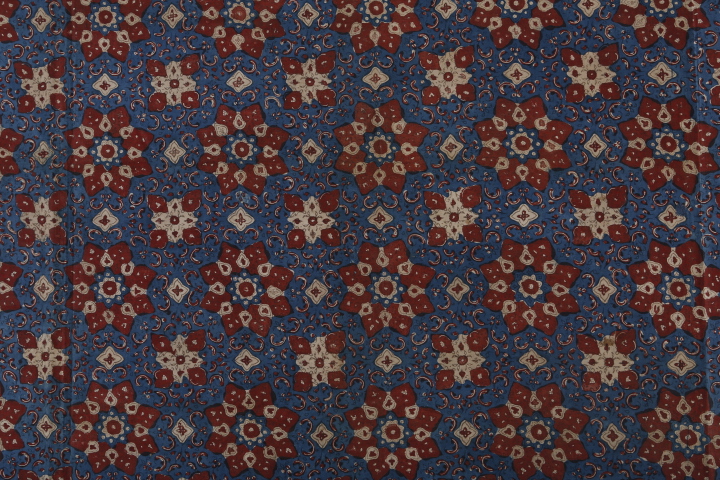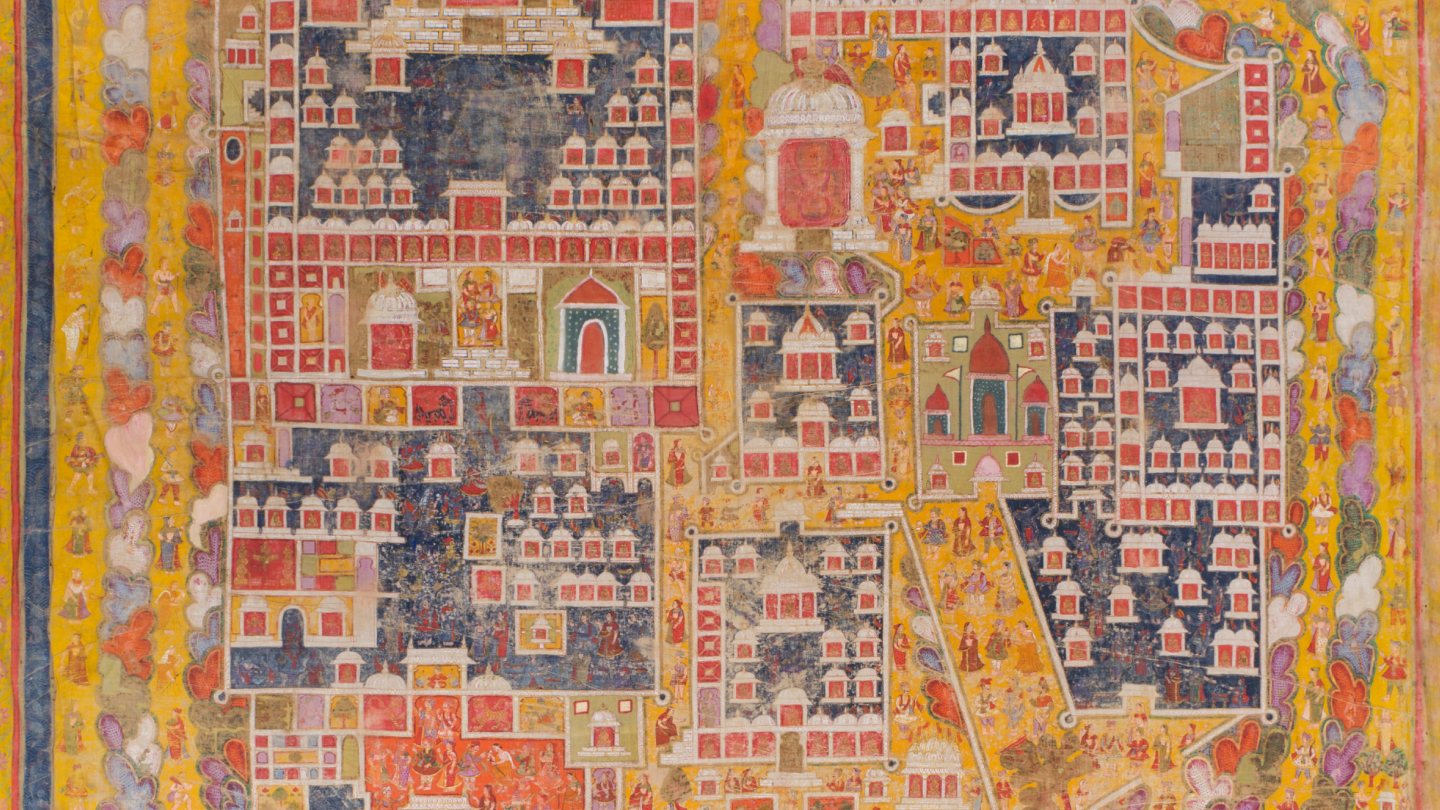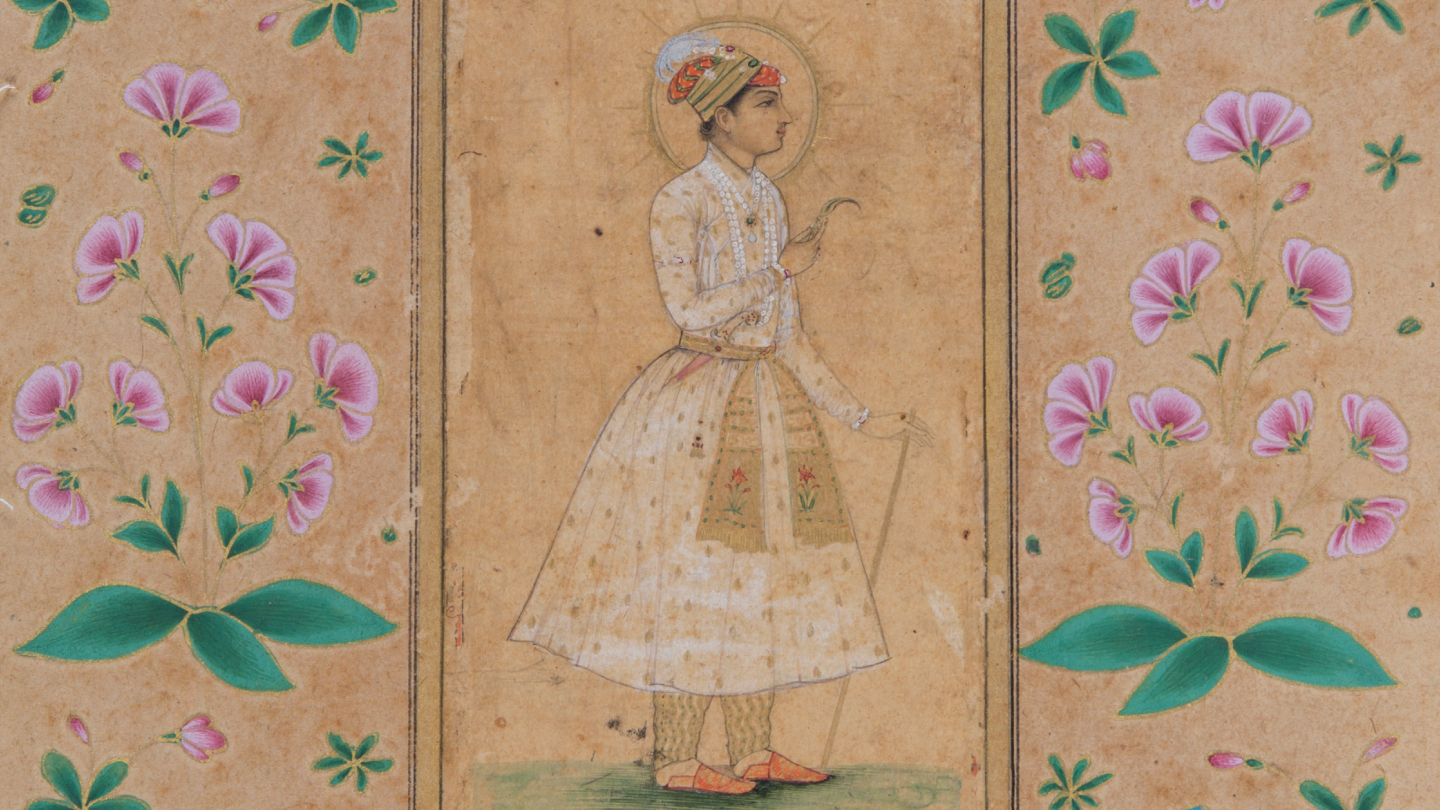Blogs
Living Spaces: Atul Dodiya and Asim Waqif in Conversation
Krittika Kumari
Although unique in their approach, material and process, their predilection to constantly engage with and represent the living spaces and built environment they inhabit in their artworks ties the two artists, Atul Dodiya and Asim Waqif, together.
“Our cities are chaotic…out of chaos in the city and chaos within a person’s mind, I think it is art that saves me; it gives me discipline and gives me a playful, divine experience.”
– Atul Dodiya
As part of its ongoing theme of Art (is) Life, MAP brought together two acclaimed contemporary artists, Atul Dodiya and Asim Waqif, over the weekend for a casual conversation moderated by the Museum’s associate curator, Arnika Ahldag. Although unique in their approach, material and process, their predilection to constantly engage with and represent the living spaces and built environment they inhabit in their artworks ties the two artists together.
For Dodiya, the process differs for each of his mediums: working on his shutters series, for example, required him to take on a more collaborative approach wherein he had to work with metalworkers and art assistants. On the other hand, while creating an oil painting or dabbling in watercolours, the artist requires complete isolation, as he believes the medium demands it. In comparison, Waqif’s process of creating works that are experiments with ecological structures, sustainable architecture and design, is almost entirely collaborative. For Waqif, the primary aim is to bridge the communication disconnect between the designer, creator and user, by involving all three during his creative process. Remarking further on the durability of working in such a manner, the artist said, “It’s a little more intense process, it requires more trust and there is a higher chance of failure, but it is more fun.”
The conversation between the two artists also elaborated upon each of their influences, the chaos of the city, and the role of living, urban spaces in their artworks. Waqif’s chaos is clearly represented in his structures and is meant to be reflective of our country’s socio-economic and built environment today. However, his influences are rooted not only in the built environment, but also in the materials that are available to him while he is working in specific locations, such as Kolkata or Bangladesh.
Dodiya’s artworks, on the other hand, focus more on everyday life and are driven by the stories of people who inhabit spaces, particularly in the urban metropolis. His body of work references a flurry of influences, from the art and theory of Italy in the 14th-15th centuries or France in the 19th century; to European and Indian cinema, and particularly filmmakers such as Satyajit Ray; and even the works of Indian modern masters, and fellow artists. Through the course of the conversation, Dodiya reminisced his time as a student at the J.J. School of Art in Mumbai, and his meetings with the senior masters, such as Tyeb Mehta, Akbar Padamsee, and Prabhakar Barwe. Needless to say, the memories of these interactions play a pivotal role in the artist’s process and inspiration even today.
The full conversation is available for streaming on MAP’s website. Watch it here!
Krittika Kumari is the Digital Editor at the Museum of Art & Photography, Bengaluru. A graduate of the Courtauld Institute of Art in London, her research interest lies in the Mughal miniature painting tradition, as well as Indian Modern Art.








